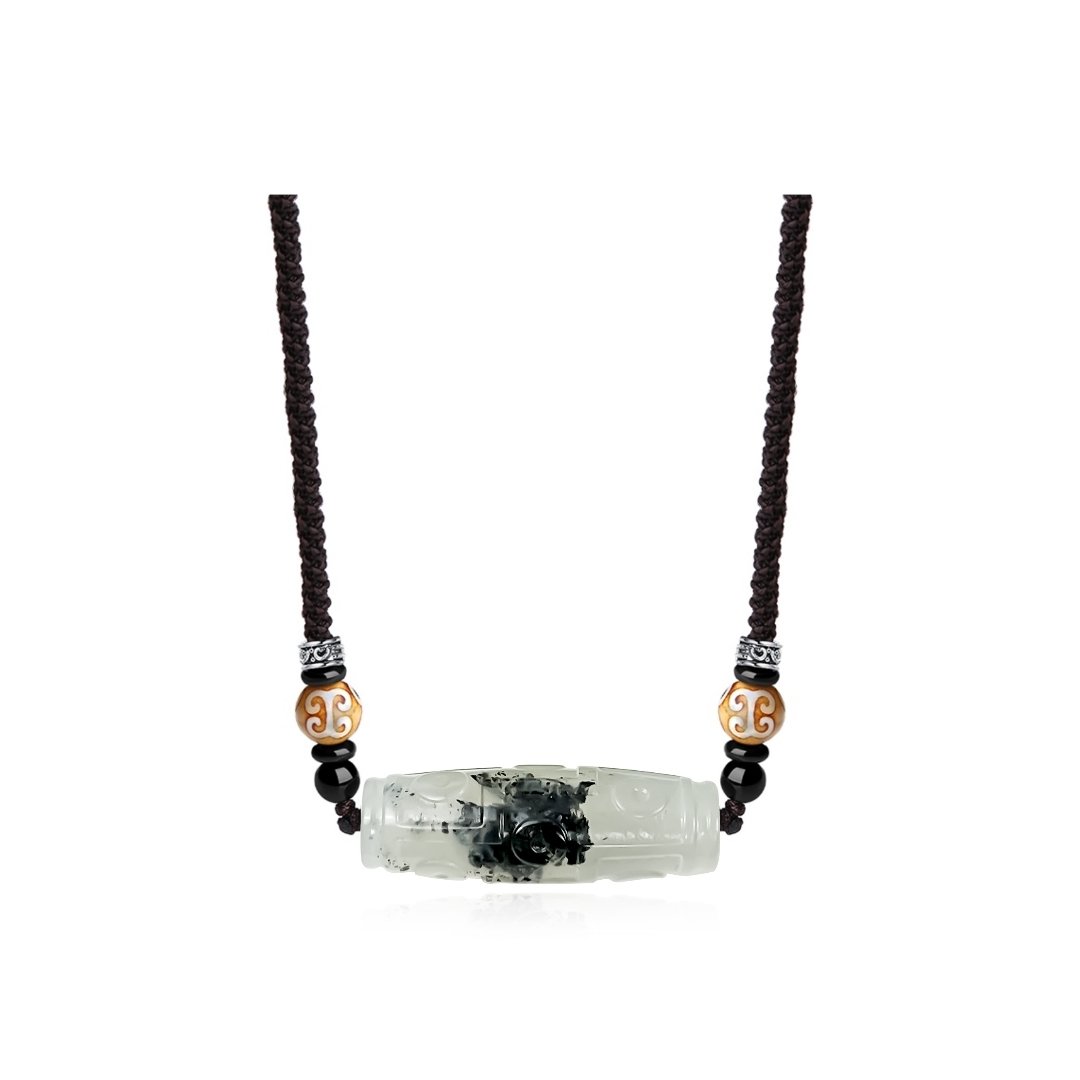blog
Crystal classification

Crystals have captivated human interest for centuries, not only for their aesthetic appeal but also for their unique physical properties and metaphysical significance. Understanding how to distinguish various crystal types is essential for collectors, geologists, and enthusiasts alike. This comprehensive guide delves into the fundamental aspects of crystal identification, offering insights into their classification and the methods used to differentiate them.
Condimentum enim

Understanding Crystals and Their Structures
At its core, a crystal is a solid material whose atoms are arranged in a highly ordered, repeating pattern extending in all three spatial dimensions. This orderly arrangement is known as the crystal structure, which dictates the crystal's external shape and internal properties. The specific pattern of atomic arrangement leads to the formation of flat surfaces, or facets, that are characteristic of crystalline materials.
Methods of Distinguishing Crystal Types
Identifying and distinguishing between different crystal types involves a combination of observational skills and specific tests. The following are key methods used in crystal identification:
1. Visual Inspection
Color: While color can provide initial clues about a crystal's identity, it is not always a reliable indicator due to variations caused by impurities. For example, quartz can appear in multiple colors, including clear, pink (rose quartz), purple (amethyst), and yellow (citrine).
Transparency: Crystals can be transparent (clear), translucent (allowing light to pass through diffusely), or opaque (not allowing light to pass through). This property can aid in narrowing down potential crystal types.
Luster: This refers to how light reflects off a crystal's surface. Descriptions include metallic, glassy (vitreous), pearly, or dull, among others. For instance, pyrite exhibits a metallic luster, whereas quartz typically has a glassy luster.
2. Physical Properties
Hardness: The Mohs scale of mineral hardness ranks minerals on a scale from 1 (talc) to 10 (diamond). By performing scratch tests using reference materials, one can determine a crystal's hardness. Quartz, for example, has a hardness of 7, meaning it can scratch glass but can be scratched by topaz.
Cleavage and Fracture: Cleavage describes a crystal's tendency to break along specific planes related to its atomic structure, resulting in smooth, flat surfaces. Fracture refers to the pattern in which a crystal breaks when cleavage is not present, leading to irregular or conchoidal (shell-like) surfaces. Mica exhibits perfect cleavage, splitting into thin sheets, while quartz fractures conchoidally.
Specific Gravity: This measures the density of a crystal relative to water. Heavier minerals like galena (lead sulfide) have a high specific gravity, whereas minerals like quartz are lighter.
3. Optical Properties
Refractive Index: This property indicates how light bends as it passes through a crystal. Gemologists often use refractometers to measure this index, aiding in the identification of gemstones.
Birefringence: Some crystals split light into two rays, causing double refraction. Calcite is a notable example; when placed over text, the text appears doubled.
Pleochroism: Certain crystals display different colors when viewed from various angles under polarized light. This property is particularly useful in identifying gemstones like tanzanite.
4. Additional Tests
Streak Test: Rubbing a crystal on a porcelain streak plate reveals the color of its powdered form, known as the streak. This test is especially helpful for minerals with metallic luster. For example, hematite may appear silver but leaves a reddish-brown streak.
Magnetism: Some minerals, such as magnetite, exhibit magnetic properties, which can be detected using a magnet or compass.
Reaction to Acid: Minerals containing calcium carbonate, like calcite, will effervesce or fizz when exposed to dilute hydrochloric acid. This reaction helps distinguish them from similar-looking minerals.
Fluorescence: Under ultraviolet light, certain minerals fluoresce, emitting visible light. For instance, fluorite can glow in various colors depending on its impurities.
Condimentum enim

Practical Applications and Considerations
When distinguishing crystal types, it's crucial to consider the context in which the crystal was found, as environmental factors can influence its properties. Additionally, using multiple identification methods in conjunction enhances accuracy, as relying on a single property can be misleading due to overlapping characteristics among different minerals.
For those interested in exploring the world of crystals further, incorporating them into daily life through jewelry or decor can be both aesthetically pleasing and personally meaningful. Vita Balance offers a curated selection of crystal-based products that align with holistic wellness practices.
Conclusion
Distinguishing between various crystal types is a multifaceted process that combines visual observation with specific tests to assess physical and optical properties. By understanding and applying these methods, enthusiasts and professionals can accurately identify crystals, deepening their appreciation for these natural wonders. Whether for scientific purposes, personal enjoyment, or metaphysical practices, the ability to distinguish crystal types enriches our connection to the Earth's geological treasures.
71 Pilgrim Avenue
Chevy Chase,
MD 20815
Related Posts
The Power of Mood: How Our Emotions Shape Everyday Life
-
Posted by
- 0 comments
Creative water features and exterior
-
Posted by
- 0 comments
Minimalist Japanese-inspired furniture
-
Posted by
- 0 comments
New home decor from John Doerson
-
Posted by
- 0 comments







